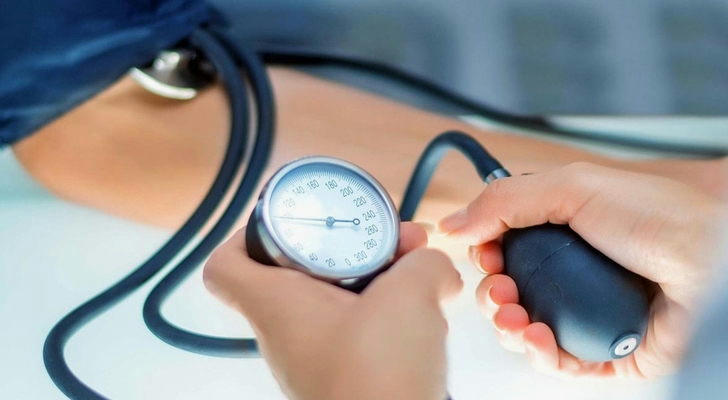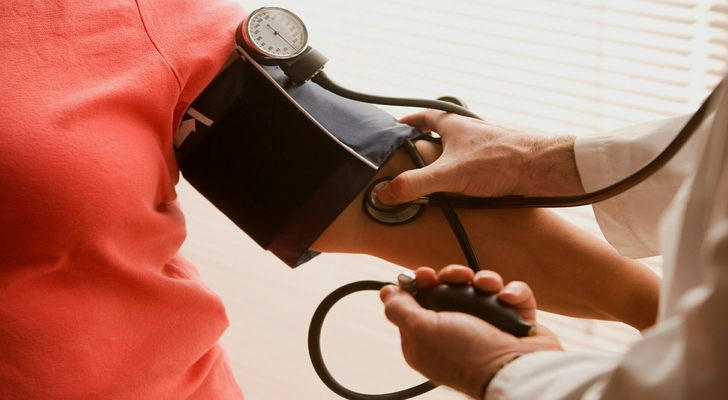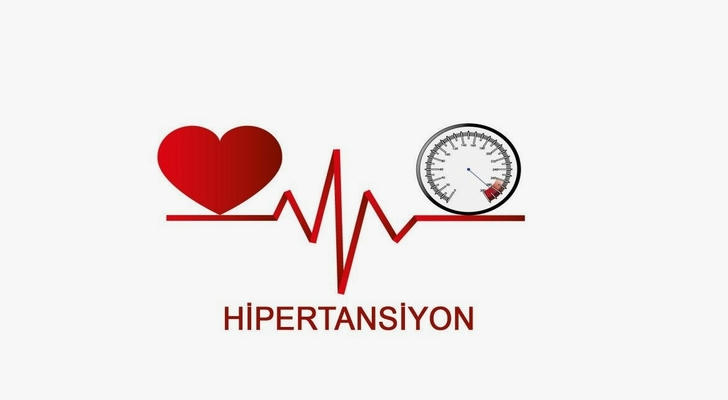Preventing Hypertension Risk in the Elderly

Hypertension is a prevalent condition among the elderly, significantly increasing the risk of cardiovascular diseases, stroke, and other health complications. According to the 2023 Chinese Guidelines for the Management of Hypertension in the Elderly, the prevalence of hypertension in individuals over 60 years old is as high as 60%, and it rises to over 70% in those over 80. Effective prevention and management strategies are crucial to mitigate these risks and improve the quality of life for the elderly.
Lifestyle Modifications
Healthy Diet
A balanced diet plays a vital role in hypertension management. The World Health Organization (WHO) recommends limiting sodium intake to less than 5 grams per day and increasing potassium-rich foods. This includes consuming a variety of fresh vegetables, fruits, fish, legumes, whole grains, and low-fat dairy products. Reducing processed foods, which are often high in sodium, can also help lower blood pressure.
Smoking and Alcohol
Smoking cessation is essential as it can significantly reduce the risk of cardiovascular diseases and other health issues. For those who drink alcohol, moderation is key. Men should limit their daily alcohol intake to less than 25 grams, and women to less than 15 grams. This equates to no more than 50 milliliters of liquor, 100 milliliters of wine, or 300 milliliters of beer per day.
Maintaining a Healthy Weight
For elderly individuals who are overweight or obese, losing weight can help lower blood pressure. Aiming for a body mass index (BMI) between 20.0 and 23.9 kg/m² is advisable. However, it is important to avoid rapid and excessive weight loss, which can have adverse effects on health.
Regular Exercise
Engaging in regular physical activity can effectively reduce blood pressure. The guidelines recommend at least 5 days of aerobic exercise per week, lasting at least 30 minutes each session. Activities such as walking, jogging, and swimming are beneficial. Resistance training can also be included to improve muscle strength and prevent frailty in the elderly.
Sleep and Stress Management
Ensuring adequate sleep is crucial for blood pressure regulation. Aim for 6 to 8 hours of quality sleep per night. Managing stress through relaxation techniques, such as deep breathing exercises, meditation, or engaging in hobbies, can also help maintain a healthy blood pressure level.

Medical Management
Regular Monitoring
Regular blood pressure monitoring is essential for early detection and management of hypertension. Home blood pressure monitoring can provide valuable data to healthcare providers, allowing for timely adjustments in treatment plans.
Medication
In some cases, lifestyle modifications alone may not be sufficient to control blood pressure, and medication may be necessary. The choice of medication should be individualized based on the patient's overall health, comorbidities, and tolerance to the drugs. Commonly used medications include ACE inhibitors, ARBs, calcium channel blockers, and diuretics. For example, ACE inhibitors are particularly beneficial for patients with chronic heart failure or a history of myocardial infarction.
Special Considerations
Multisystem Organ Dysfunction
Elderly hypertension patients often have multiple comorbidities, such as cardiovascular diseases, diabetes, chronic kidney disease, and cognitive impairment. Managing these conditions requires a comprehensive and individualized approach. For instance, when hypertension is accompanied by heart failure, a combination of medications including beta-blockers, ACE inhibitors, and diuretics may be used.
Secondary Hypertension
Secondary hypertension, which accounts for about 19.6% of elderly hypertension cases, should also be considered. Identifying and treating the underlying cause, such as renal artery stenosis or endocrine disorders, is crucial for effective management.
Practical Steps for Prevention
Step 1: Assess and Monitor
Begin with a thorough assessment of the patient's health status, including blood pressure measurement, cardiovascular risk factors, and comorbid conditions. Regular follow-up visits are necessary to monitor progress and make adjustments as needed.
Step 2: Implement Lifestyle Changes
Encourage the adoption of healthy lifestyle habits, such as a balanced diet, regular exercise, smoking cessation, and stress management. Provide education and support to help patients make these changes.
Step 3: Medication Management
If lifestyle changes are insufficient, consider medication. Work closely with healthcare providers to choose the most appropriate drugs and monitor for any side effects.
Step 4: Address Comorbidities
Pay attention to and manage any comorbid conditions that may affect blood pressure control. A multidisciplinary approach involving cardiologists, nephrologists, and other specialists may be beneficial.

Step 5: Continuous Education
Stay informed about the latest research and guidelines in hypertension management. Continuous education for both healthcare providers and patients is essential for optimal outcomes.
Conclusion
Preventing and managing hypertension in the elderly requires a multifaceted approach that includes lifestyle modifications, regular monitoring, and appropriate medical intervention. By following these steps and considering the unique needs of each individual, it is possible to reduce the risk of hypertension-related complications and improve the overall health and well-being of the elderly population.
